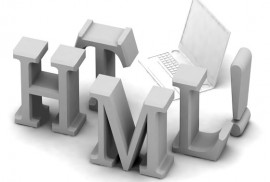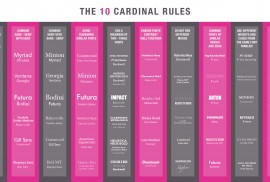
Fontastic Typefaces
May 15th, 2015
The work of graphic designers often requires the use of fonts. These typefaces not only combine artistry with legibility but also convey meaning behind messages that are not just image based. A free service that provides an abundance of these fonts includes Google Fonts, with a selection of 650 different font families. However, not all fonts complement each other and […]
Article written by
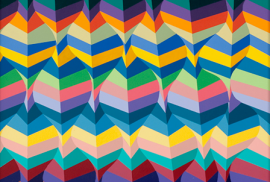
Website Trends 2015: Super Synaesthesia
April 28th, 2015
Digital art is becoming more stimulating by appealing to all the senses. The personification of concepts ascribe emotional attributes to inanimate products or brands, in an endless stream of possibilities that enhances their visual entertainment factor. Human computer interfacing is now evolving to incorporate all of the senses by manifesting a playground design for mega dataflow, a fully immersive experience […]
Article written by
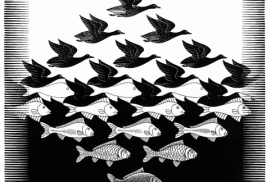
Website Trends 2015: Polarity Paradox
April 21st, 2015
One neoteric direction of graphic design is to encompass a variety of extremes catering for all tastes and options, enabling consumers to oscillate from one end of the spectrum to the other. Web design that reflects this offers products and services that explore the opposites within duality, hence the paradoxical nature of polarities. Online digital split personalities have been coined […]
Article written by
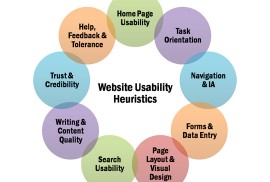
10 Usability Heuristics for User Interface Design
June 21st, 2013
Picture: www.gonifie.com Heuristics derives from the Greek word ‘heuriskein’ and the equivalent meaning in New Latin ‘heuristicus’, translating to ‘discover’ or ‘find out’. Heuristic evaluation is one of the most notable usability methods founded by Jakob Nielson – an expert on computer human interaction. Having been the biggest influence on improving user experience via the ‘discount usability engineering’ movement, he shaped […]
Article written by
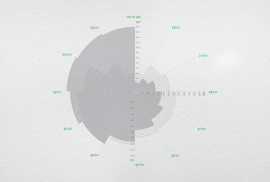
Infographics
April 29th, 2013
Infographics are bitesized parts of information that present complex data with clarity and brevity. Information graphics enhances users’ sense of familiarity with patterns or trends. The process that follows is known as data visualisation, information design or information architecture. Utilising infographics as a tool often includes statistics, graphs, pie charts, maps, schematics, grids, site plans and other relevant data. In […]
Article written by

How To Create The Best Website Content
April 12th, 2013
When deliberating about which information is the most effective for providing the best website content, there are multiple factors to consider. It is not just about dynamic visuals and efficient functionality but also the written aspect of the web pages that inform the users. The important guiding principles for this literary element, includes data that is useful, credible, friendly and […]
Article written by

Responsive Web Design
February 28th, 2013
RWD – is an abbreviation of responsive web design and optimises the viewing experience for users by scaling down visuals, so they are cross compatible with an ever growing number of devices. This entails maximising the potential of any interface to meet spatial boundaries and to work effectively, whether displayed on computers, mobiles or tablets. The design criteria includes providing […]
Article written by

Why Digital Design Agencies are the Forerunners of the Digital Age
December 10th, 2012
The digital age, is also known as the computer or information age. Following the industrial revolution, the economy developed into an information society where data was being manipulated. The evolution of this led to the digital age where micro-miniaturisation and technology became prevalent in our daily lives. The information age influenced networking and accelerated global communications, shaping contemporary society. All […]
Article written by

